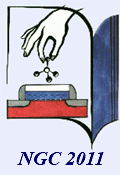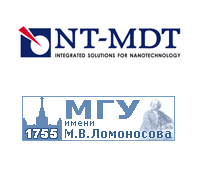
Nano and Giga Challenges
in Electronics, Photonics and Renewable Energy
Symposium and Summer School (Tutorial Lectures)
Moscow - Zelenograd, Russia, September 12-16, 2011


|
Nano and Giga Challenges in Electronics, Photonics and Renewable Energy Symposium and Summer School (Tutorial Lectures) Moscow - Zelenograd, Russia, September 12-16, 2011 |  |
Commentary Victor Zhirnov
What is the size of the smallest functional electronic system that can be foreseen? For example, the buildings blocks of the electronic circuits can be very small - today’s transistors have minimum feature size approaching 20 nanometers, and it appears possible that future transistors may have features as small as 5 nanometers. The effect is that it is possible today to manufacture 1 cm2 chips containing more than one billion transistors, and future progress may enable 100 billion transistors in this same area. However, when systems are designed utilizing these very small devices, the system dimensions typically is of the order of centimeters. In what way does the ultimate scaling limits of components relate to the smallest achievable size of a system that could be fabricated? My work is focused on questions that arise in the design of functional electronic systems that have dimensions ranging from less than 1 mm down to a few microns. Such systems could find numerous applications, for example in bioimplants and lab-in-a-pill devices (such as wireless capsule endoscopy systems), ’smart dust’ autonomous intelligent sensor nodes organized in complex networks etc. Intelligent sensors could to be potentially everywhere - from small to large - from inside chips or human body to outer space; and they could exist in very large numbers. Example applications include: energy, environment, smart meters, smart cities, security, biomedical monitoring etc. |
Empowered by Nano & Giga Solutions and NT-MDT
© 2010